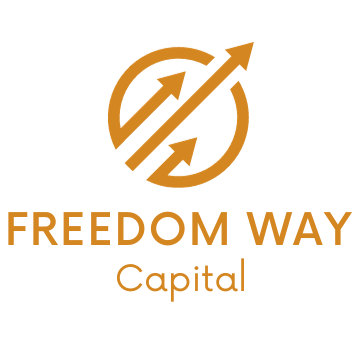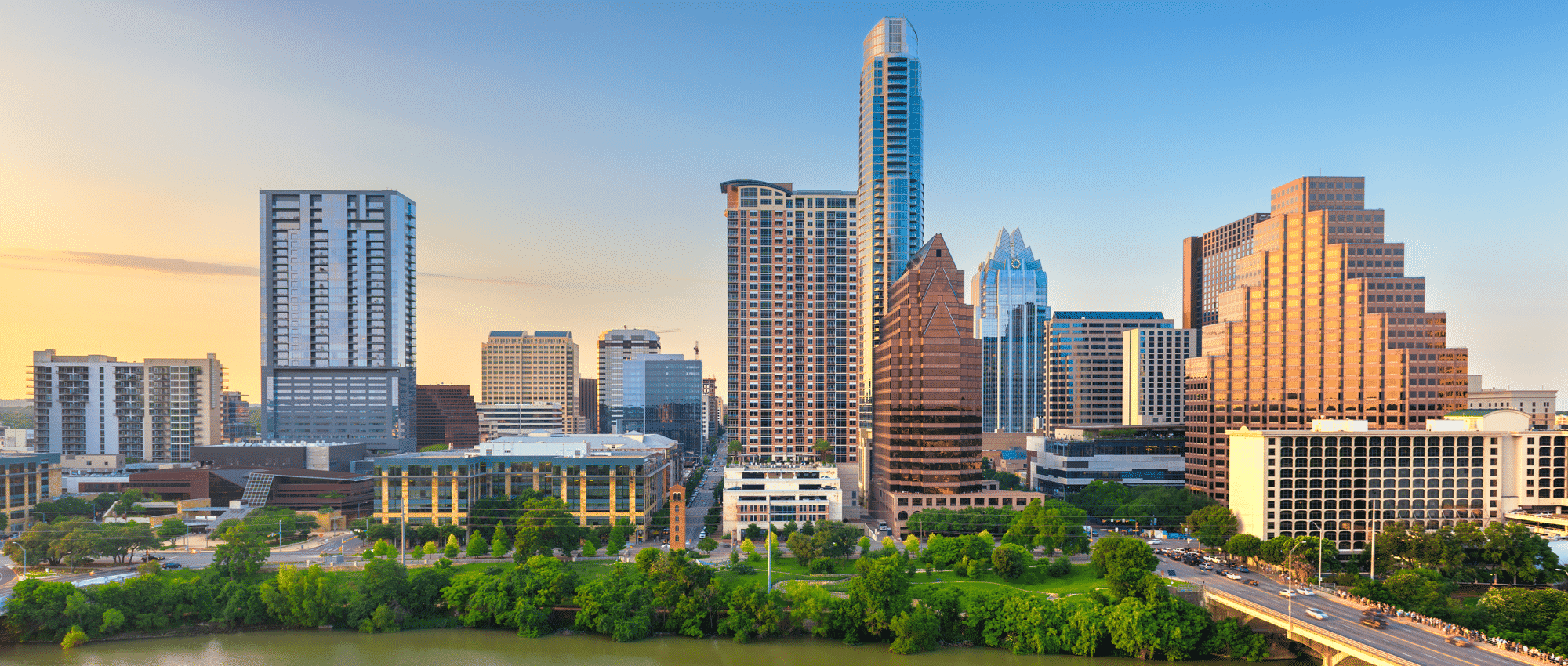Ever wondered how some real estate investors scale their business from 0 to 50 units or more in a limited amount of time? Some of these investors may not have even had deep pockets, but they were able to acquire a multitude of properties in such a short amount of time. In this article, I am going to explain how I scaled my portfolio to 67 units in just 3 short years, and how you can do it too. A common myth of real estate investing is that you need a lot of capital to get started. While I am not going to tell you that it is a good idea to invest in real estate with no money, I am here to tell you that you don’t need as much money as you probably think. You still want to have money to capital expenditures, reserves, and a few other reasons, so don’t ever neglect your income source just because you know how to acquire property with very little of your own money! So let’s dive right in:
The first step is actually buying the deal. You want to find a distressed property that needs some rehab work done to it to bring it up to standard. I explain how to find these types of deals in some of my other articles. You want to find a deal that you can purchase for 70% of the After Repair Value minus repairs. For example, if a deal is worth $200,000 when fixed up, and needs $40,000 in construction costs in order to make the property comparable to other properties in the area, then you need to get that deal under contract for $100,000.
Once you’ve found the deal, your two sources of capital are hard money lenders and private money lenders. Hard money lenders are short term lenders, who usually have a set criteria that they go by to lend on deals. For example, a good criteria that I look for in a HML is 70% ARV, at 100% LTV, 2 points, and 12% interest. This means that if you find a deal at 70% ARV minus repairs, they will finance the entire deal for you (purchase and rehab). By contrast, a private money lender is an individual with money who lends you money to purchase your investment. This could be a family member, a friend, a friend of a friend, your dentist, etc. Private money lenders are nice because your have more room to negotiate with them. I have done business with a multitude of PML’s who lended on their first deal with me, so they were much more willing to negotiate than someone would be if they have been in the business for several decades.
Once you have found the right lender for you, and you have purchased the property, the next step is to repurpose the property. I have several articles on my website for construction management that can literally save you hundreds of thousands of dollars. I would say the largest expense for investors are construction related errors, so becoming proficient in this area will set you apart from you competition. Make sure you educate yourself as to what things cost, and that you are involved every step of the way on the construction of your investment, especially when you are starting out. Don’t trust that that contractor will do exactly what you want them to do without your supervision.
Once the property is rehabbed, congrats! You now have a rehabbed property at 70% of what the property is worth! Go find a tenant and turn your liability into a cash flow producing asset. Now is the time when you can go to a long term lender, usually a bank, and refinance the property into a long term loan. If someone tells you that you can get into this business without money or credit, this is somewhat true, but trust me, credit is extremely important if you want to create true wealth in this business. By refinancing, you will get the money from the bank to pay back your short term lender, and now you have a property financed on a 30 year note that you have acquired with very little of your own money! And that’s not even the best part, you don’t have to pay for the mortgage each month, your tenants will take care of that over the next 30 years. This process can be rinsed and repeated over and over again, until you have a portfolio that you are happy with. This is how I’ve created the majority of my 67 unit portfolio, and there’s no reason why you couldn’t do it too.
The BiggerPockets community calls this strategy the BRRRR method. Buy, rehab, rent, refinance, repeat. I want to restate that while this is a powerful strategy, it is very important that you don’t neglect the importance of having money in the bank. In this business, you WILL make mistakes and you WILL lose money from time to time. If you don’t have the proper capital amount to weather the inevitable storms, you will lose everything that you work for. Another important point to mention is that this strategy isn’t worth it unless you find an asset that will cash flow when all of the work is done. If you run your income and expenses, and the property does not produce income for you at the end of every month, then the property is not worth investing in… Keep looking. The point of doing this work is to have a cash flowing asset that will pay you for the rest of your life. As always, happy investing- if you have any questions I am only an email away!

